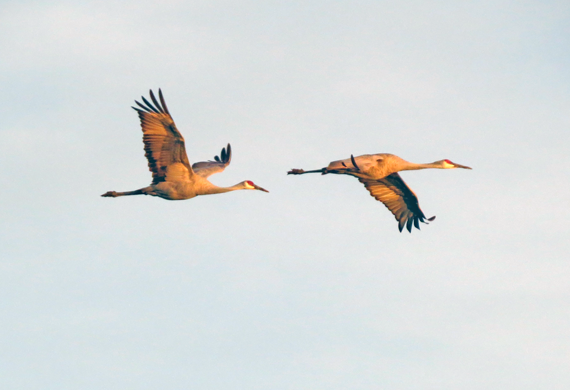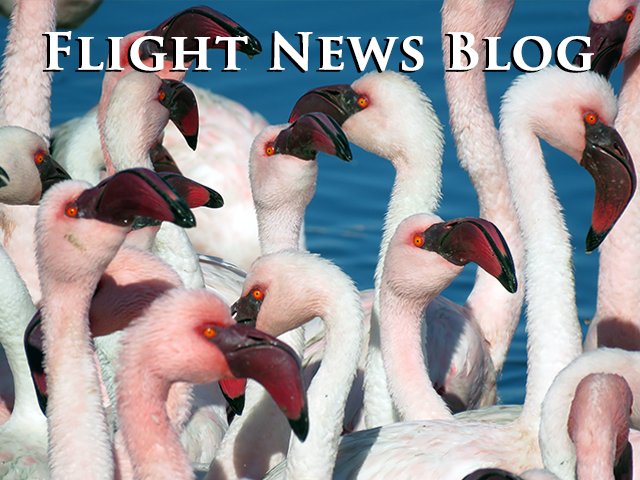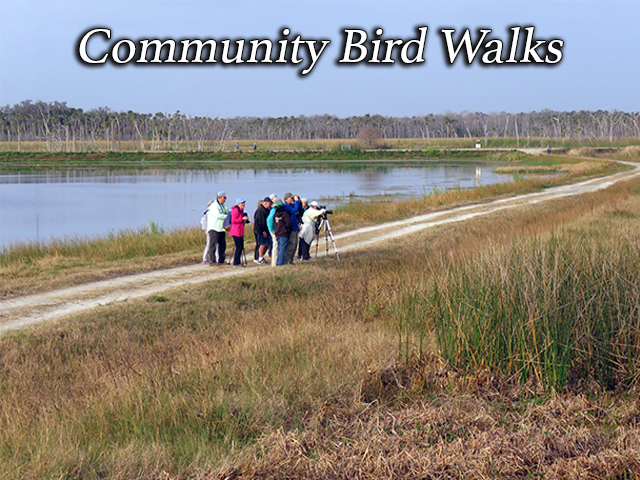Rarity Round-Up WNC

March 10, 2021


Register by clicking the ‘book now’ button above, or by contacting the Ventures office. We accept credit cards for an additional fee (2.9% for MC, Visa, Discover; 3.9% for AmEx), but you may also pay by bank transfer, cash, check, or money order. This Venture is limited to 8 participants
MEET: Exact place TBD – will be somewhere in the Asheville or Hendersonville area TIME: meet at 7 AM – end 4 PM COST: $65 – unfortunately we are not currently providing a picnic lunch (until further notice)
This trip will focus on finding any and all birds of interest that might be around, and a longer run-time will allow us to cover a lot of ground (if necessary). Our exact itinerary will depend on what’s being seen and where, but we will likely be visiting sites in Buncombe, Henderson, and perhaps Transylvania or Haywood Counties, focusing our efforts on those hotspots where many of the goodies have shown up in recent years.
The month of March has long proved to be an excellent time to be out checking the local patches and hotspots for rarities occurring here in WNC. Many species of waterfowl begin their journeys back north at this time of year, so we will certainly spend some time scanning an assortment of lakes and ponds for anything we can find. Surf and White-winged Scoter, Long-tailed Duck, Common Merganser, and even Red-necked, Eared Grebes and Red-throated Loons have shown up at this time of year. The open fields of the Mills River area will also be a must stop where in previous years we’ve had Lapland Longspur, Brewer’s Blackbird, Sandhill Crane, and Rough-legged Hawk. This is also a great time to be looking for the first batch of migratory shorebirds arriving. American Golden-Plovers are considered rare but annual here and are seen nearly every March along with the much more common Killdeer, Pectoral Sandpiper, and Wilson’s Snipe. We will ‘beat the bushes’ for a variety of sparrows, and as it is a good irruption year for finches, we’ll keep our ears and eyes trained for any Red Crossbill, Evening Grosbeak, or perhaps even Common Redpoll that may flyover.
Even if we happen to strike out on the rarities, the areas we visit are sure to deliver plenty of other good birds for us to enjoy. Our itinerary is unknown, as are the birds that will be around – but that’s just part of the fun!





